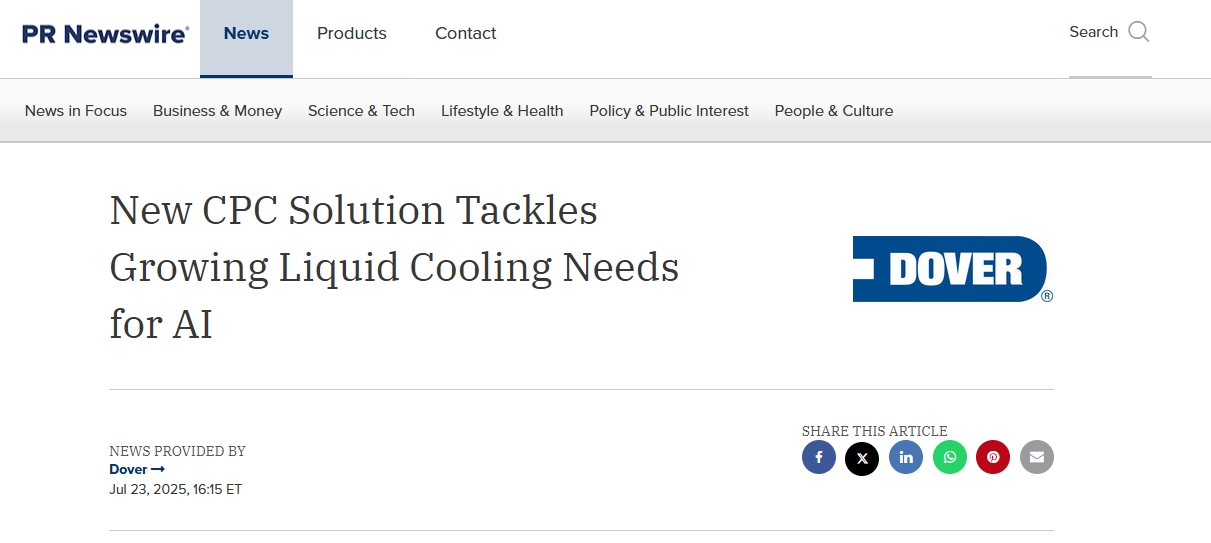In the works since 2021.
The UK's Met Office has officially switched to a supercomputer operating on Microsoft Azure for its weather forecasting workloads.
In a project that has been four years in the making, the Met Office is now solely using the supercomputer hosted on Microsoft Azure, following a month of parallel operations both in the cloud and on the Met Office's previous supercomputer.
Plans for a massive new supercomputer were revealed by the Met Office as far back as early 2020, and in February 2021, the Met Office awarded Microsoft the £1.2bn ($1.56bn at the time) contract to develop a new supercomputer dedicated to weather and climate.
The project took a phased approach, with the first phase beginning in 2022 and a second phase planned for 2028 to expand the system threefold. The Met Office previously said that the supercomputer's first phase would have more than 60 petaflops of aggregate peak computing capacity.
While based on Microsoft Azure, the supercomputer is not hosted on the public cloud. Microsoft previously told DCD: "Microsoft is hosting the multiple supercomputers underlying this service in dedicated halls within Microsoft data centers that have been designed and optimized for these supercomputers, rather than generic cloud hosting.
“This includes power, cooling, and networking configurations tuned to the needs of the program, including energy efficiency and operational resilience. Thus, the supercomputers are hosted within a ‘dedicated’ Microsoft supercomputing facility for this project.”
The solution holds its own storage capabilities, but the Met Office can also leverage offerings available from the Microsoft cloud.
The Met Office has been running the new supercomputer for over a month in parallel with its previous on-prem system, according to an announcement from Microsoft. The on-prem system has now been completely switched off.
Speaking on the new system, Met Office CEO Penny Endersby said: “I think this is our 14th generation of supercomputer. What’s different about this one, and particularly the whole journey with Microsoft, is that we have decided this is now a job for specialists, and the core business of the Met Office is helping you make better decisions, to stay safe and to thrive through providing fantastic forecasts.”
The new supercomputer will be handling between 200 and 300 terabytes of data per day, and according to the CIO of the Met Office, Charles Ewen, will enable the organization to "produce 14-day forecasts with a similar kind of accuracy that we can today for seven, eight, nine days.”
Ewen further described the solution as "supercomputing for science-as-a-service," and that by working with Azure, the Met Office can expand capacity for specific research projects on a case-by-case basis without needing to build new infrastructure.
In February of this year, DCD reported that the Met Office was selling off its Exeter Science Park leasehold property, including a data center which housed a Cray-manufactured Met Office supercomputer, the organization's third-generation system, which had a capacity of 16,000 trillion calculations per second.
Learn more about how supercomputers help with weather forecasting in the latest DCD Magazine.








